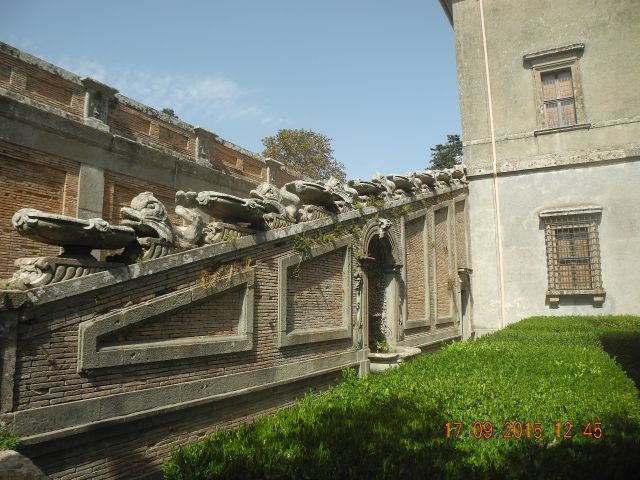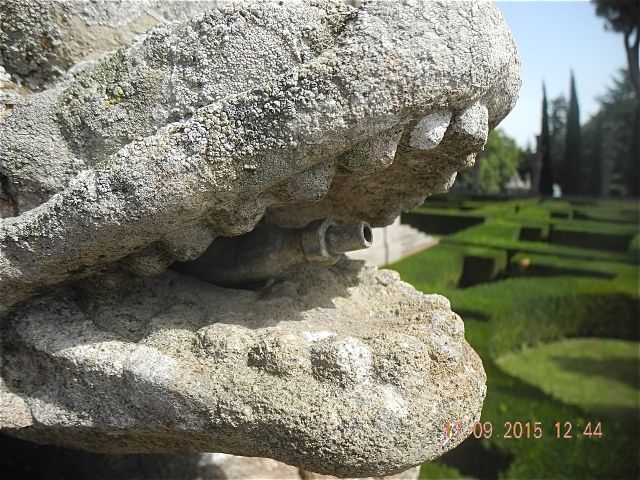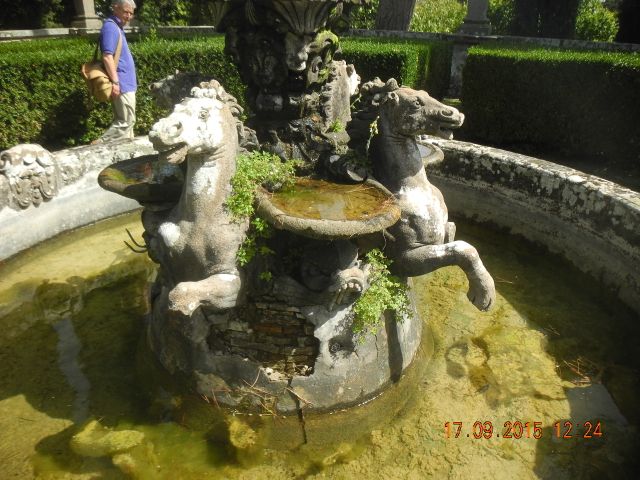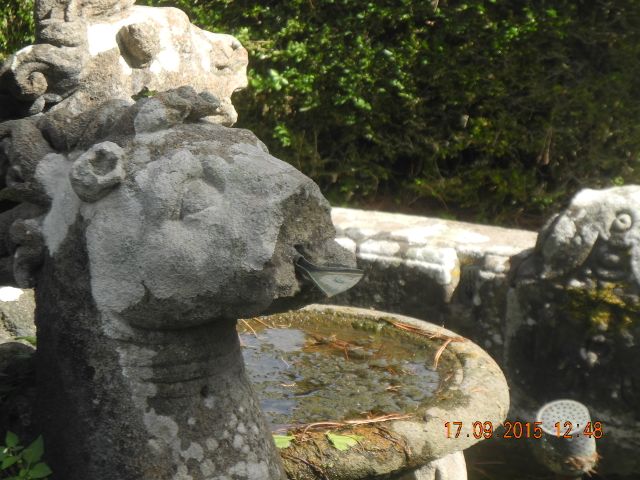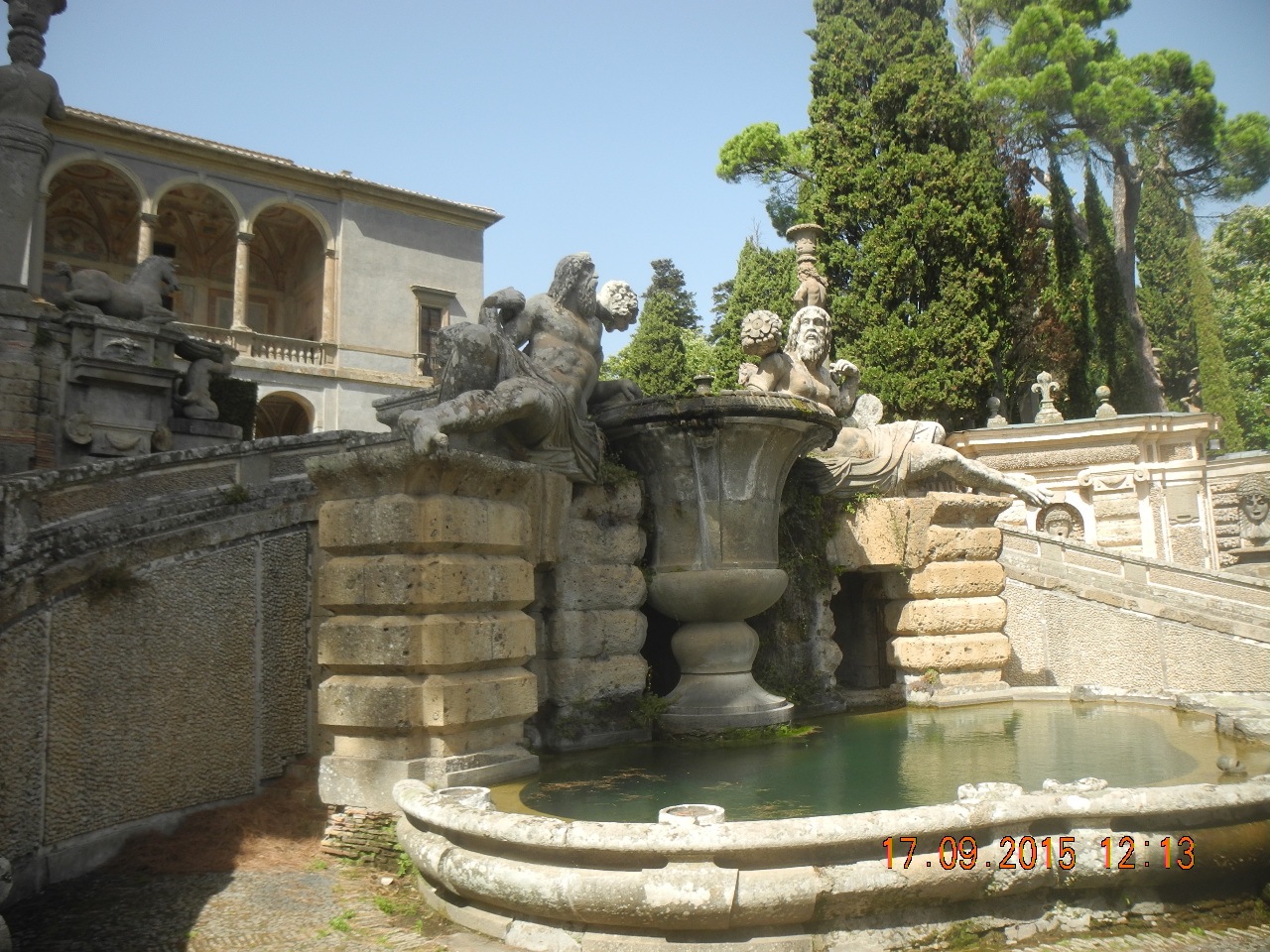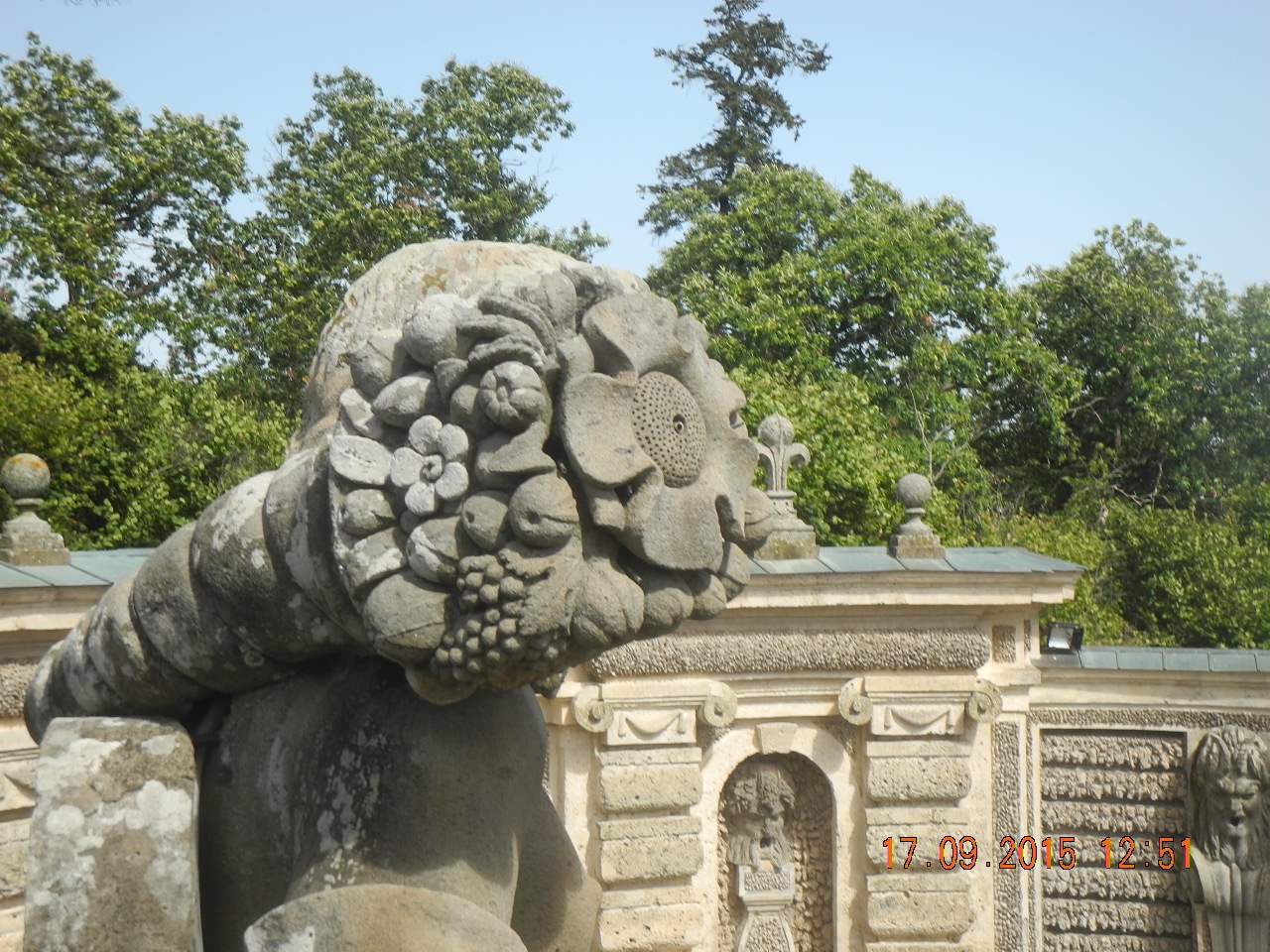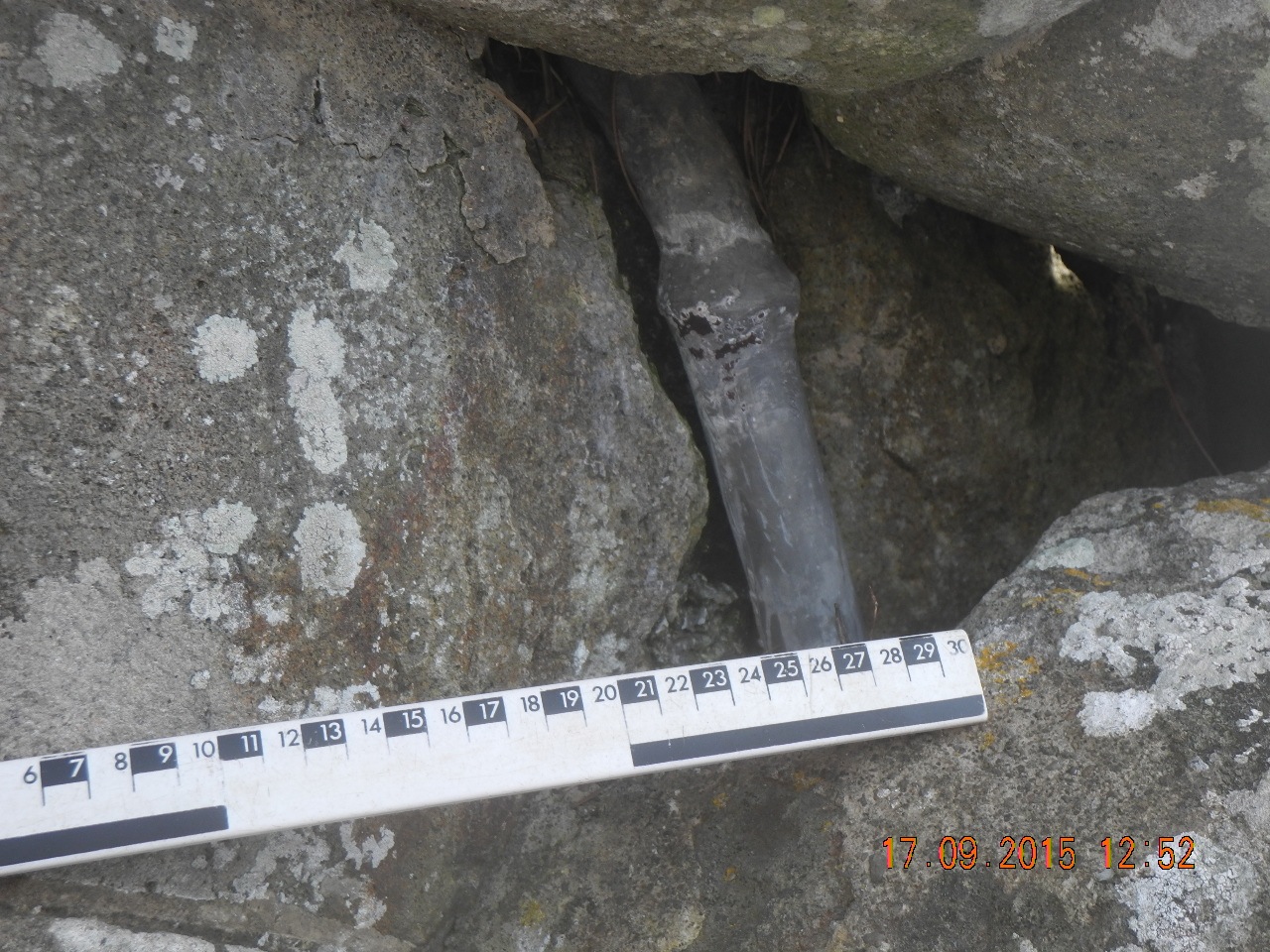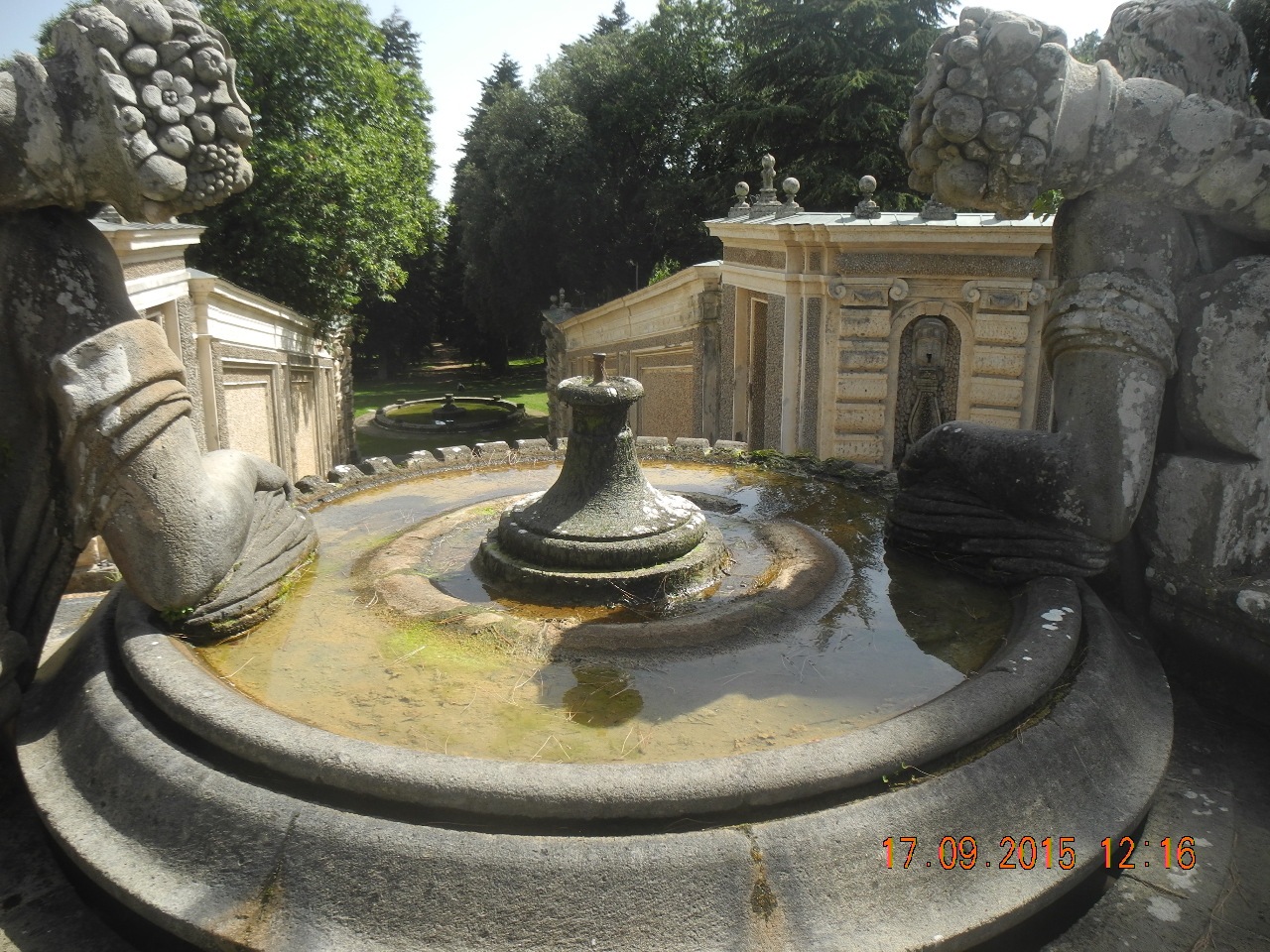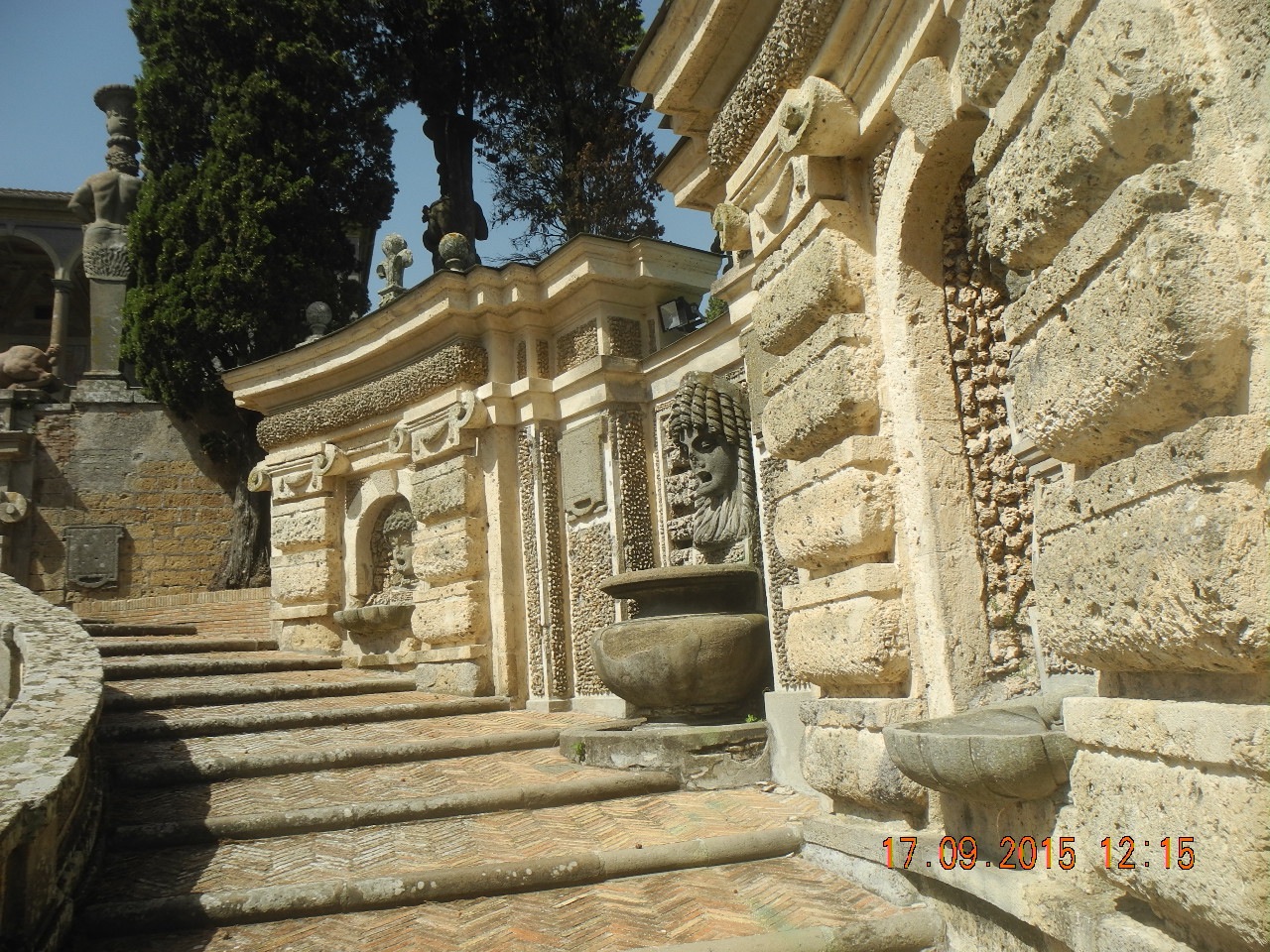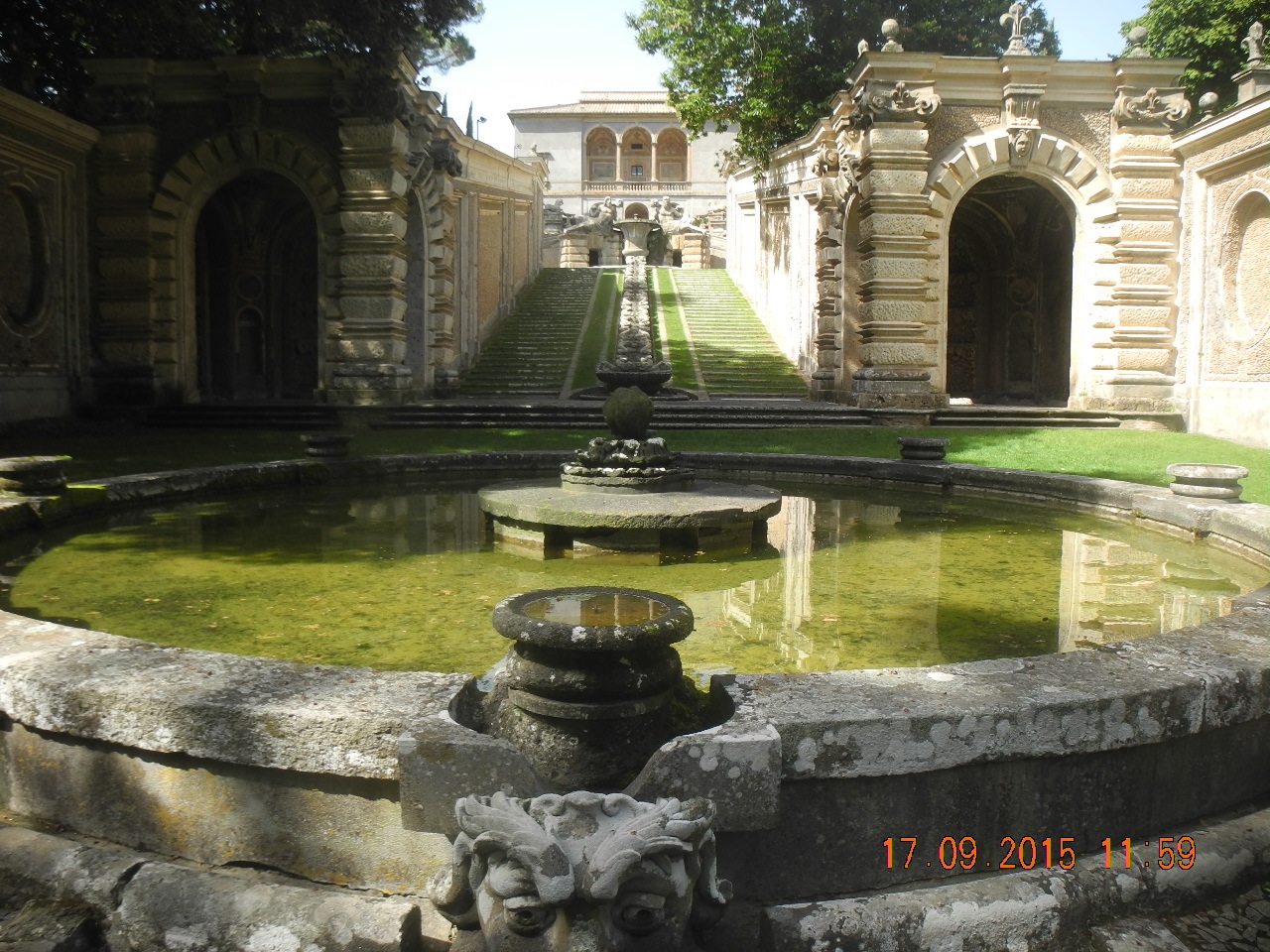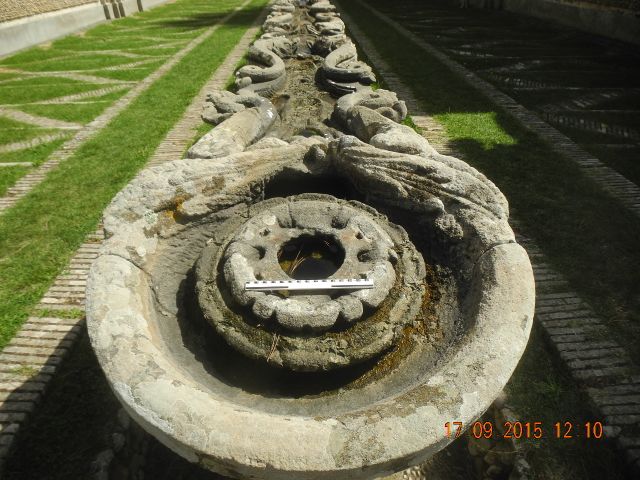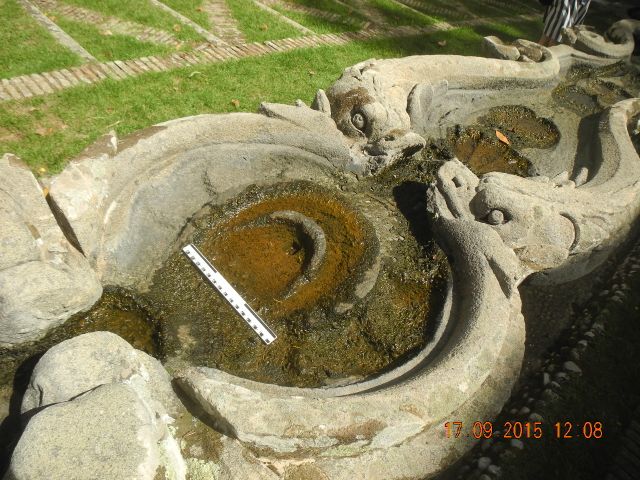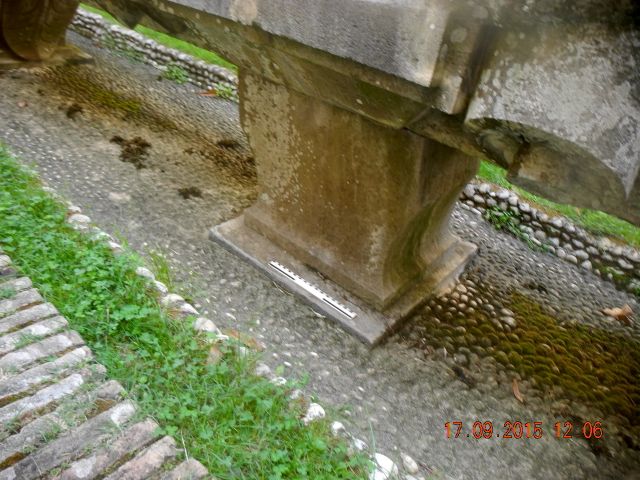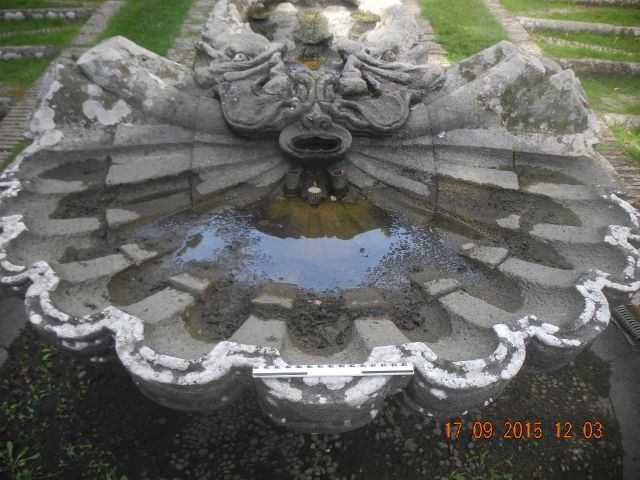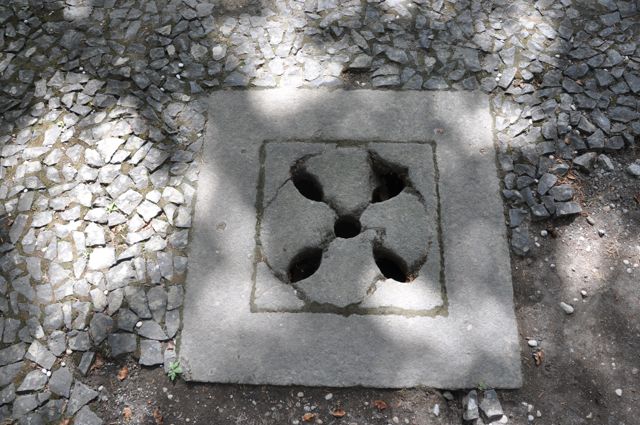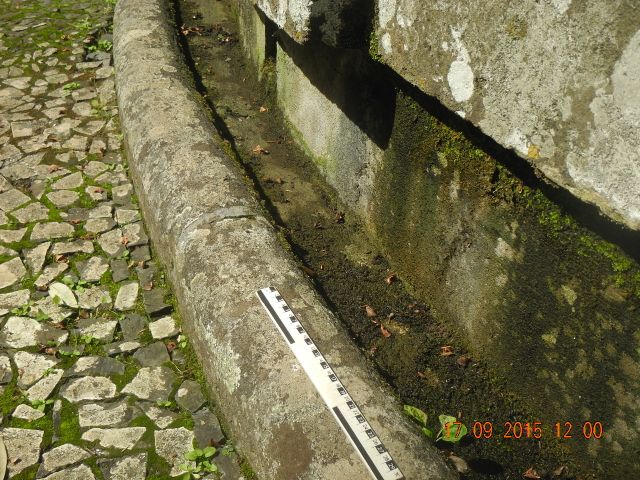Voyages to the House of Diversion
Seventeenth-Century Water Gardens and the Birth of Modern Science
Thursday September 17th. Villa Farnese, Caprarola
Olivier and Isabelle were away early to get back to Rome and connect
with their flight home. Everyone was on board (two cars) for an
excursion to the great sixteenth-century garden at the Palazzo Farnese at Caprarola, a 45
minute drive to the south which took us looping past the impressive
city walls of Viterbo before climbing up the side of a mountain and
round the perimeter of the Lago di Vico before descending on
Caprarola. There is a massive parking area in front of the villa which
seemed oddly empty but we parked there anyway and paid our 5 Euros each
to go in. No visitor shop selling guidebooks, no café, little in way of
refreshments but at least we could potter round at our own pace. The
huge pentagonal palace echoed the shape of contemporary fortifications
but was also echoingly empty and despite ample frescoes felt cold and
hollow. The
villa was actually grafted onto a earlier incomplete fortification
begun in the first decade of the sixteenth century. The architect
Giacomo Barozzi de Vignola started work on the villa proper in 1559 and
continued until 1573
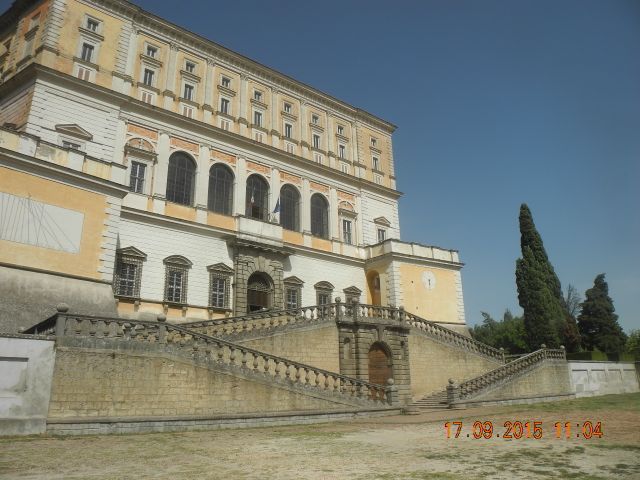
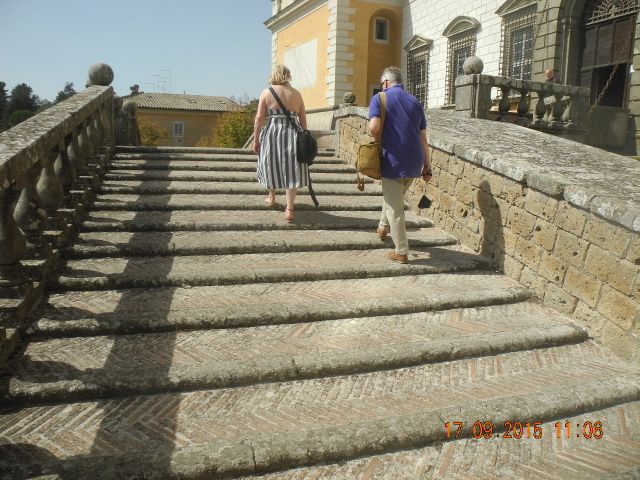
Then inevitable view of the palazzo fronting onto the main street of
the town, view looking north. Verna and Michael climb the ramp up
to the front door.
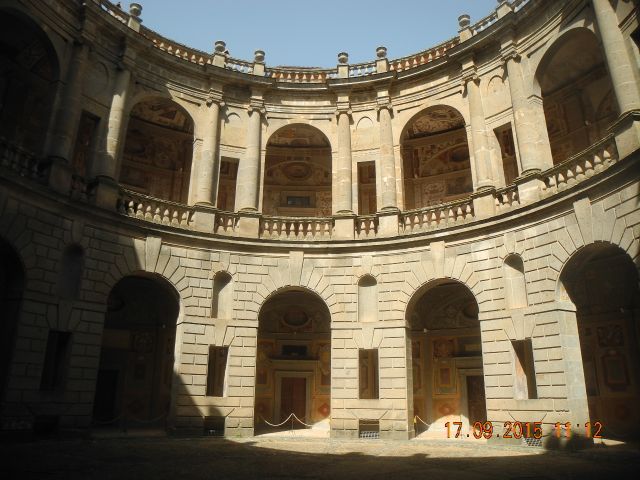
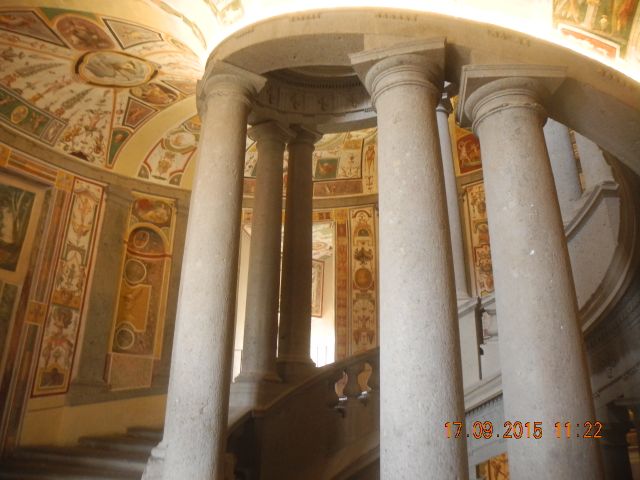
The interior circular courtyard and the famous circular stair, the
scala regia.
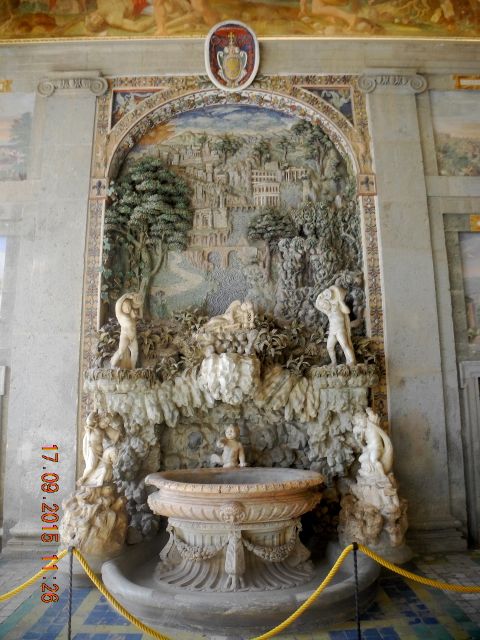
An indoor fountain in the formerly open loggia known as the hall of Hercules and used in summer as a dining room.
One exited to the gardens from the piano nobile (actually the third
floor) via a couple of bridges across a substantial moat. The initial
garden was strictly geometric but was backed by an impressive grotto
inhabited by decayed satyrs. Meegan discovered the tap that turned it
on and created a shower resembling heavy rain that dropped from the
ceiling. Even in the garden routes were tightly controlled and
were ushered out and up to the park leaving several important features
inaccessible. However, this was more than made up for by access to the
marvelous pavilion with its famous water chain. It was a fairly long
walk up and along the ridge that Caprarola is based on but there was
breeze and plenty of shade from the trees. Once at the top we began
examining in detail the technology of a complex series of basins and
fountains tracking down a multiplicity of taps and pipes and of
course photographing them all.
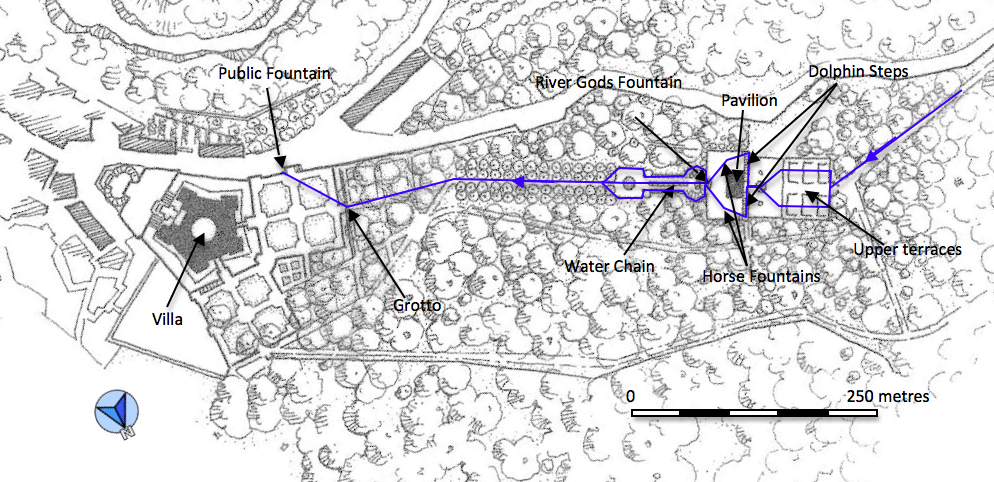
Speculative and schematic, some initial thoughts on the flow of water
through the garden, a day or so lifting manhole covers, of which there
are plenty, would suffice to plot this accurately

Grotto in the formal garden immediately west of the villa, view looking west.
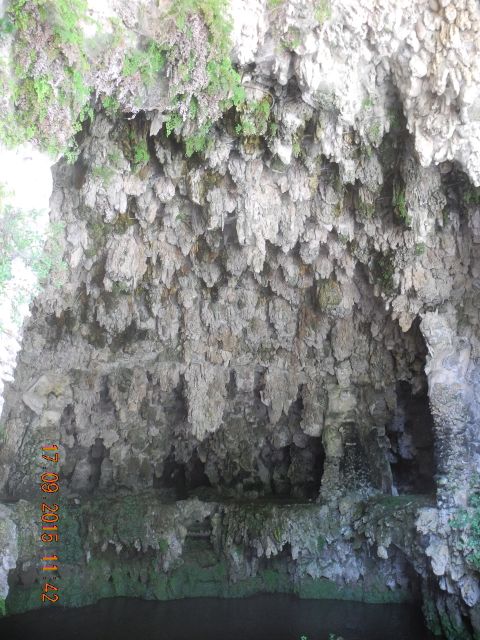
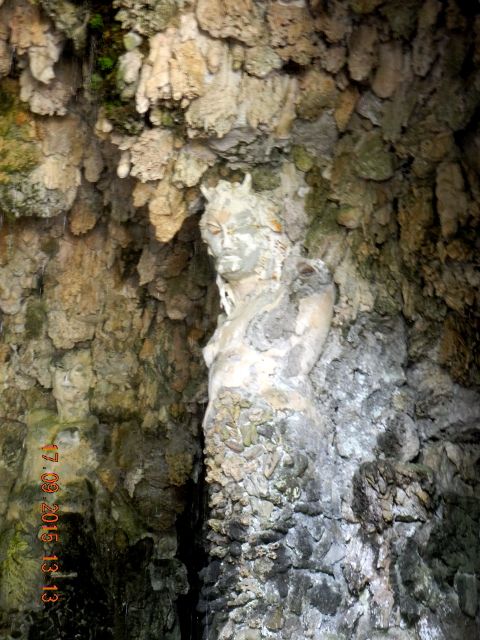
Interior of the Grotto of the Satyrs with detail of an individual of particularly diabolical appearance.
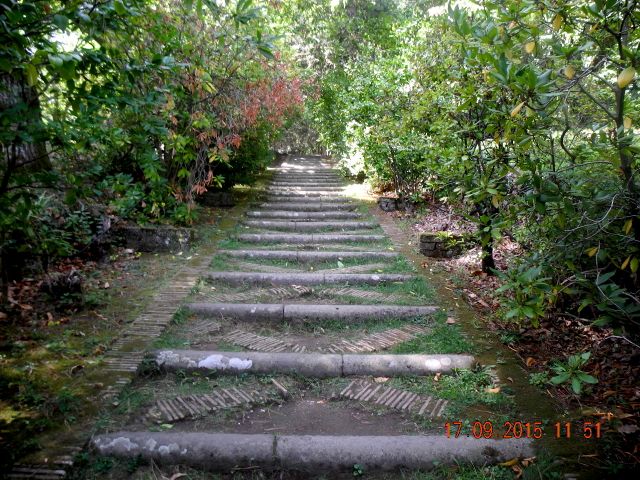
The ramp up towards the upper part of the garden through the wooded park, looking west.
This is, of course, quite the wrong way to experience the garden,
when everything is working you start at the bottom and work up but
from a technical point of view it's easier to go with flow. Somewhere
way up the hill there must be a reservoir that takes the
water from a diverted stream or springs and sends it down to the
garden. First there are three low grassy terraces edged in stone with a
central path heading towards the pavilion. Water emerges at each level
from a set of grotesque masks, all different into a set of basins then
down to the next level. In front of (or maybe behind) the pavilion is
an elegant fountain but then the water is conducted down the
balustrades of two stairways flanking the pavilion passing the water
from spouting dolphin to basin to next spouting dolphin. Two lower
courts edged with Hermes and filled with box hedges cut slightly maze
wise contain small and rather decayed fountains of horses and dolphins.
These were sufficiently broken down to reveal not only details of
bronze pipe work but also the rather haphazard construction in brick
and tile that was normally hidden under a 5 cm thickness of stucco.
Particularly interesting were the nozzles emerging from the horses’
mouths (also seen on two unicorns above the staircase) which were in
copper alloy and letter box shaped supplying, no doubt, a suitably fan
shaped spray.
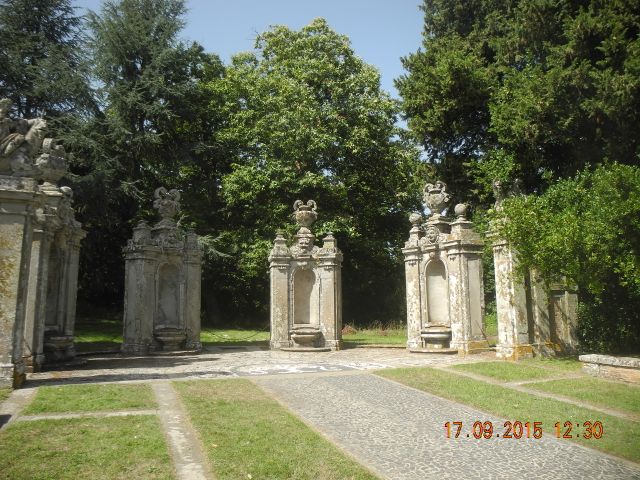
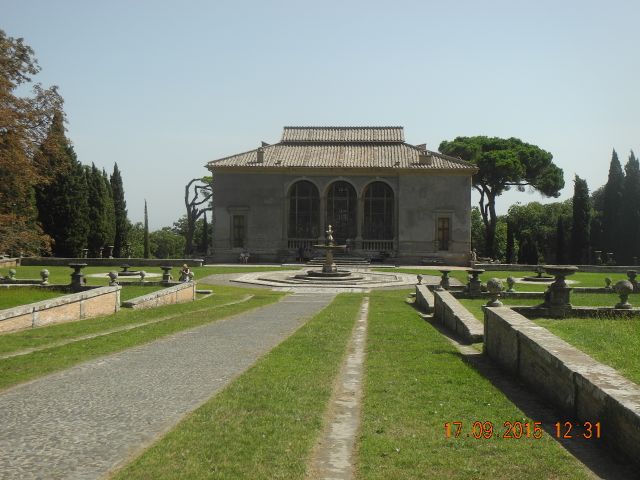
The upper limit of the formal
garden is marked by these pillars with niches,
The view looking down towards the casino or pavilion probably designed by
presumably the gaps were once
closed by gates, there is evidence of a conduit
Giacomo del Duca past terraces and fountain, looking south east.
coming into the garden just behind the left most
pillar, view looking north west
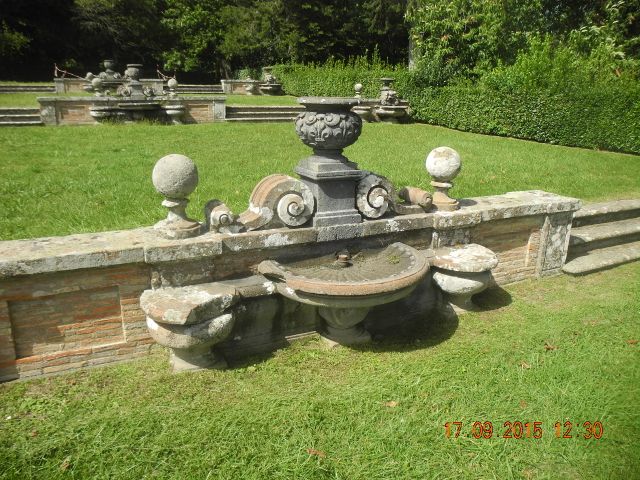
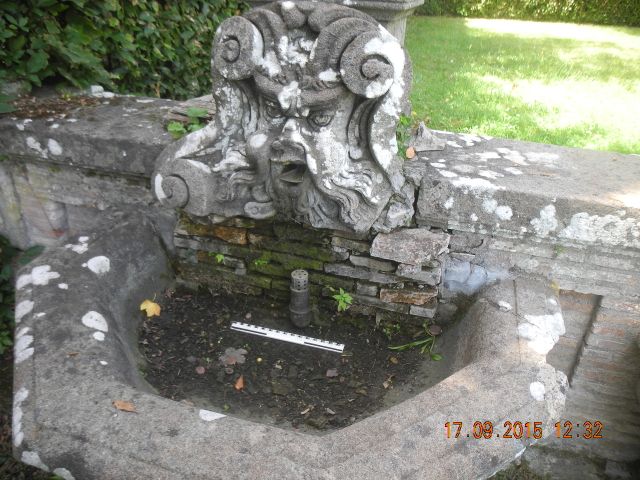
Detail of basins and terraces in the upper garden.
Two curving staircases descend to the next level starting behind a
massive vase supported by two colossal river gods bearing cornucopia
ending in spouts resembling the end of a watering can. The stairways were
lined with further grotesque faces spouting water into basins and there
was a large basin at the foot of the vase and river gods but what
catches the eye whether on the way up or down is the wonderful water
chain. This channel drops around 12 metres over a length of 50
metres and is supported around 80 cm clear of the ground on a series of
square pillars. The sculpted form of the channel, edged with fish but
profiled with shells and boat like shapes obviously was carefully
designed to achieve interesting patterns of flow and turbulence an
intriguing mix of the ordered and chaotic. The whole ends in another
large round basin with a rather underwhelming fountain clearly formed
so as not to distract from the water chain.
Retracing our steps down multiple ramps, an echo of yesterday’s
discovery at Bomarzo, we exited into a side street and after a bit of
fiddling about with cars ended up down the street at a rather
venerable, semi-subterranean restaurant specializing in fresh pasta and
mushrooms.
The end of it all, a small public fountain outside the garden.


















